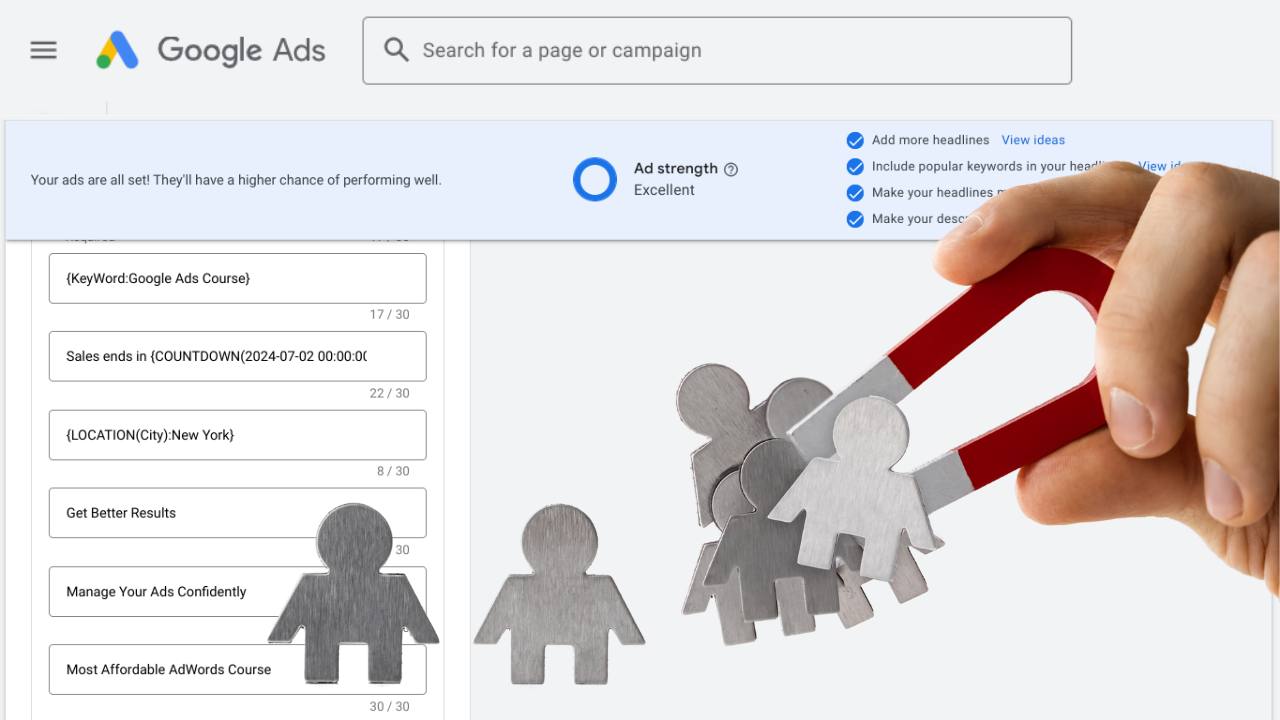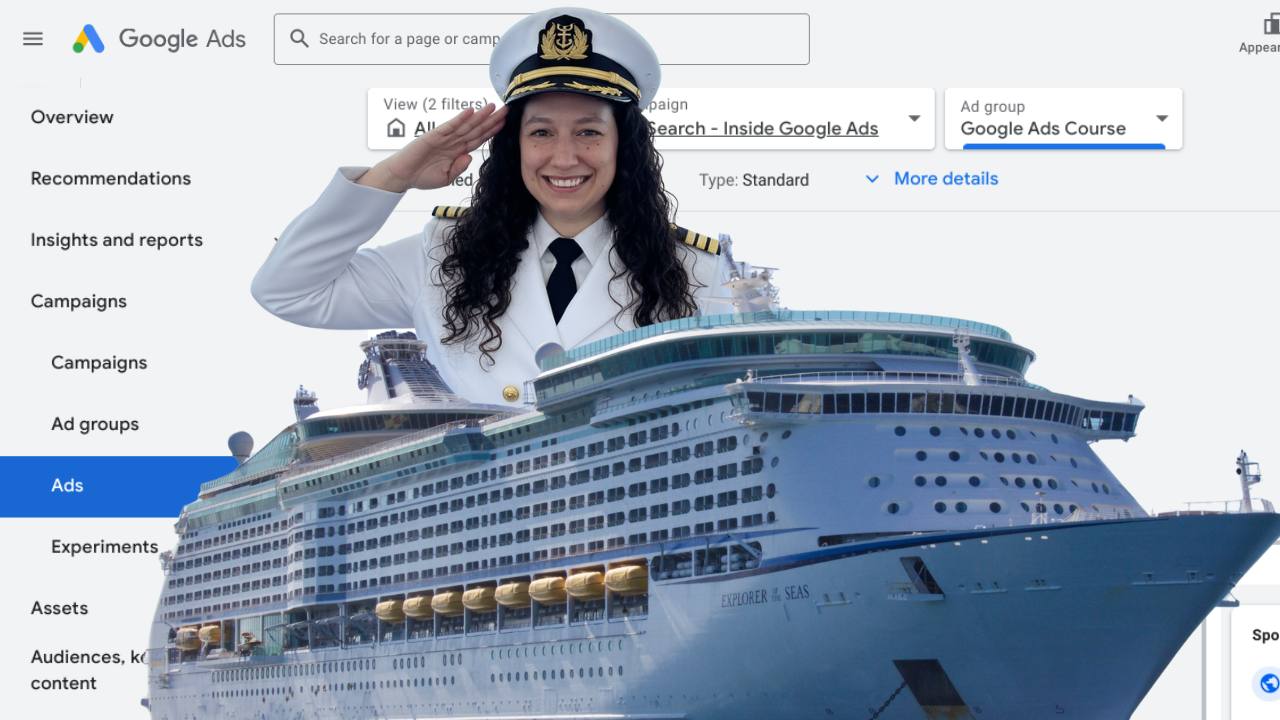Are You Reaching the Right Customers With Your Google Ads?
Imagine this: your client's business offers both in-person and virtual services, which means your Google Ads can target both local and national audiences.
How do you structure your campaigns? Not the way this Google Ads coaching client did.
Let's call her Amy. Amy is a business owner, and she was DIYing her Google Ads. She set up a single Google Ads campaign for all of her business objectives: in-person and virtual, local and national.
While this might seem like a good way to save time and money, it can actually backfire. Why? Because you end up with a generic message that doesn't fully resonate with any audience.
When we looked at Amy's campaign together, I showed her how this campaign designed to appeal to everybody was actually appealing to nobody. Instead, she needed to tailor her ad copy and landing pages to each audience's specific needs and preferences.
Together, we set up two new campaigns: a local campaign for in-person services, and a national campaign for virtual services.
For her local campaign, we focused on keywords that were specific to working together IRL, and wrote ad copy that emphasized her location, highlighted the benefits of working with a local provider, and directed customers to book a consultation.
For her national campaign, we selected keywords that were specific to users seeking out online services, and wrote ad copy that emphasized her in-demand expertise, and the benefits of working with Amy's company regardless of location.
I advised Amy to create two separate landing pages after our call, so that the appropriate traffic could be directed to the appropriate place, increasing the chances of getting those all-important quality leads.
Now, Amy can attract the right kind of leads for both her in-person and virtual services, maximizing her return on ad spend.
Here's what you can do to ensure your Google Ads are reaching the right people with the right message:
- Check your search terms report weekly: If you're advertising on a lot of irrelevant search terms, it means you need to tighten up your match types, or rethink your keyword strategy
- Beef up your ad copy: Ensure your headlines and descriptions contain relevant keywords to improve ad relevance and click-through rates. Provide at least 10 headlines and 3 descriptions to give Google plenty of combinations to test.
- Consider your campaign structure: Are you targeting fundamentally different audiences within the same campaign, who are likely to behave and convert differently? If so, separate them into individual campaigns or ad groups for better targeting and messaging.
Ready to attract more of your ideal customers with Google Ads, like Amy? Book a call with me and I'll show you how to set up your campaigns effectively.
One more thing...
As the year wraps up, you might want to add some Google Ads training to your podcast playlist. Here are 2024's top episodes from my Inside Google Ads podcast, for your education and enjoyment. Find them all in your favourite podcast app.
- Episode 37: Does Performance Max work for lead gen?
- Special Episode 23: How to run Google Ads with a low budget
- Episode 15: Should you use Maximize Conversions bidding?
- Episode 14: Which keyword match type is best in Google Ads?
- Episode 7: What should you do if your campaign is limited by budget?
- Episode 1: Which bid strategy should you choose in Google Ads?



